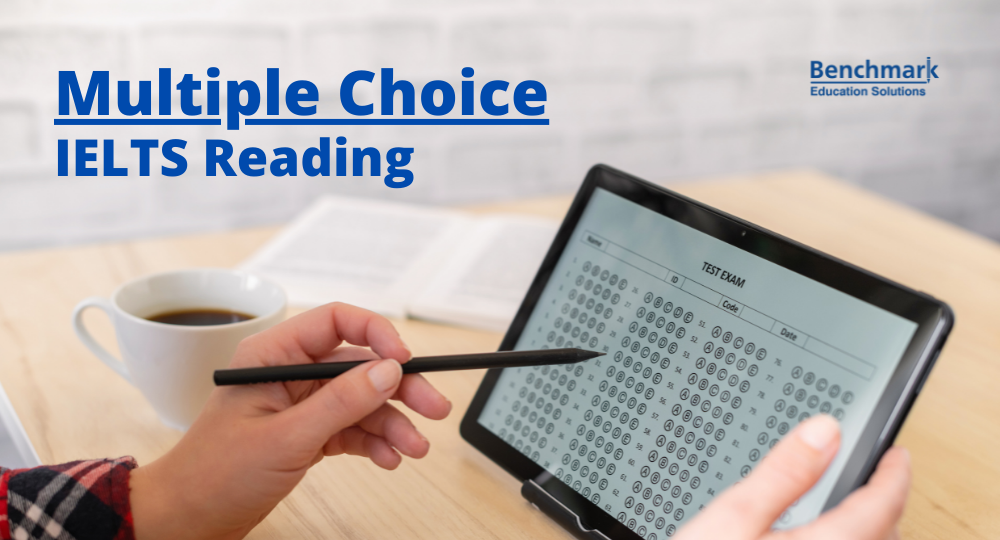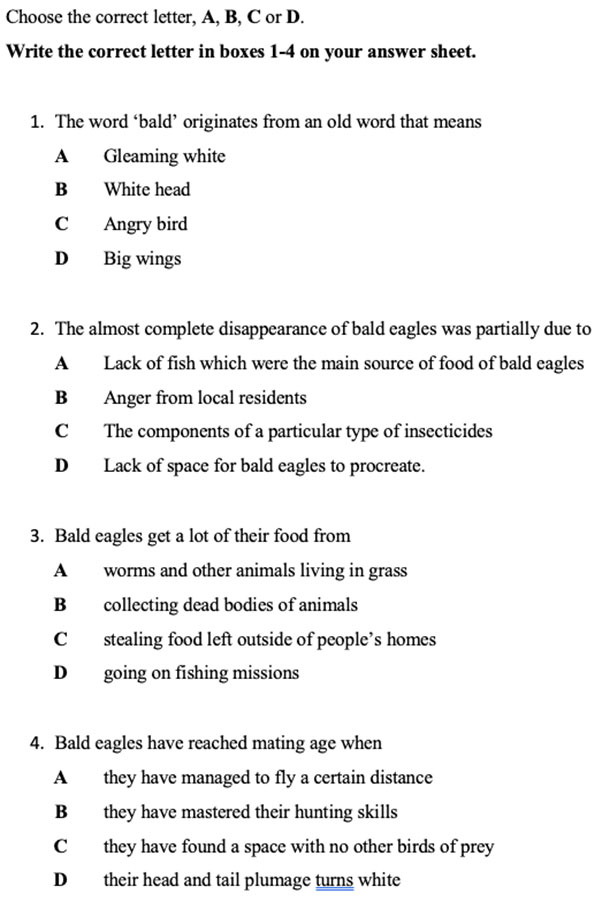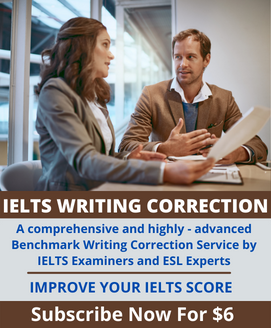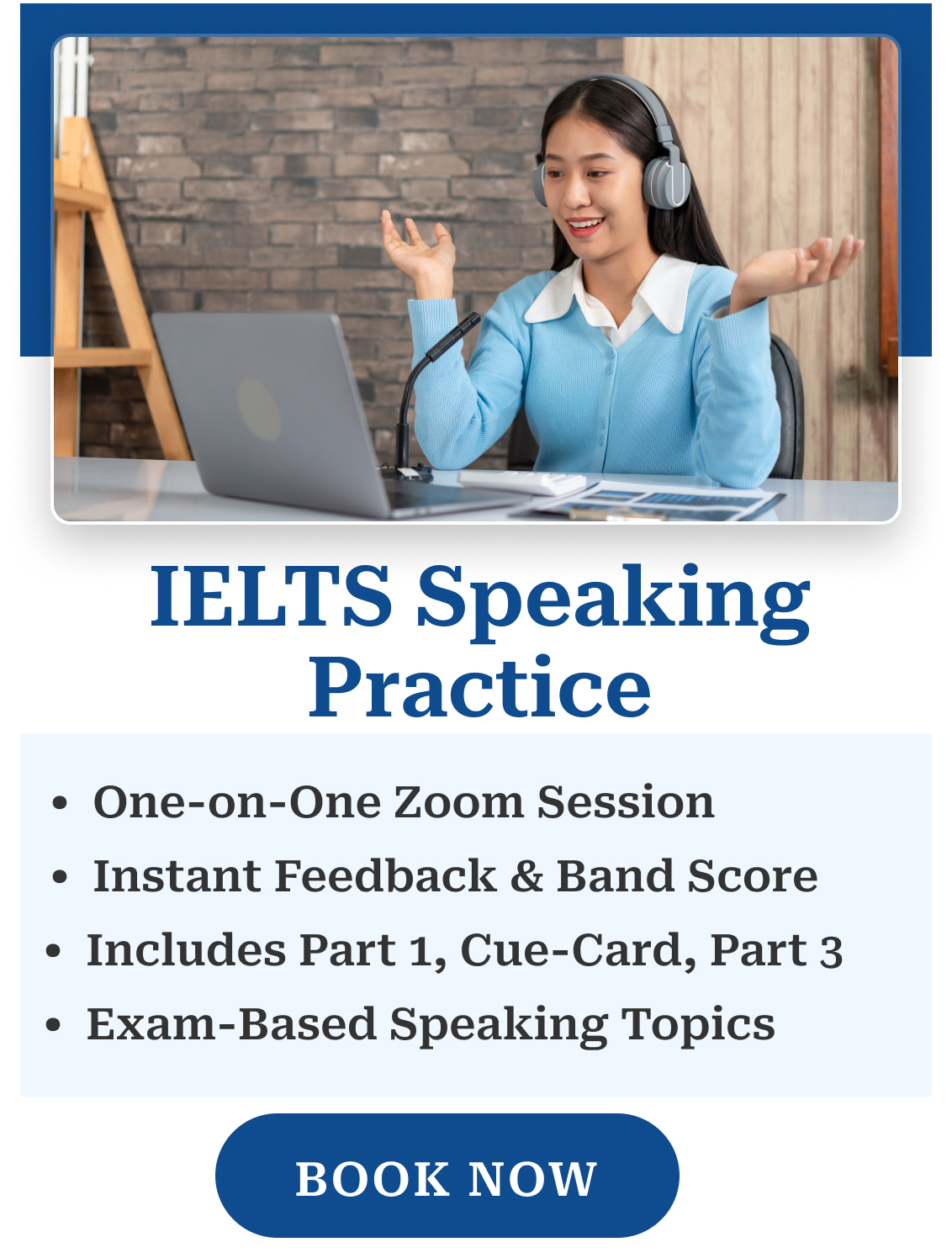

Table of Contents
1. What Are Multiple Choices?
Multiple choices are answer options for a question. In IELTS Reading, the Multiple-Choice Identification question will have you choose one or more answers per question, amongst a list of options. It is essential that you read the instructions very carefully, as they will indicate whether you must choose one answer, generally amongst three to four options, or more than one answer, usually from a longer list of options.
This question type can be challenging to some, as it requires an understanding of the general idea of the passage, and therefore strong skimming skills. There are, however, some strategies and tips that can help you complete this task successfully, and Benchmark IELTS has got them laid out for you here!
2. Multiple Choice Question Example


3. Top 5 General Tips for IELTS Reading Question Types
- Pay close attention to the instructions.
- Skim the text – give the text a quick read to understand its overall meaning
- Scan the text – give the text a quick read to identify detailed information for your answers
- Make sure no answers are left blank – there are no negative marks in IELTS, so give it your best shot and always provide an answer.
- Time is of the essence – spend no longer than 20 minutes on each passage, including skimming, scanning, finding answers and transferring them to your answer sheet.
4. Tips for Multiple-Choice Question Type
4.1 It is of utmost importance that you read the instructions very carefully, as they will inform you of the number of answers you will need to choose. For the single answer style, the questions tend to be incomplete sentences, where you will be asked to select one appropriate ending to complete that sentence. For the more than one answer kind of task, the questions will normally look like actual questions, ending with a question mark (‘?’), and the instructions will indicate how many answers you must choose from a given list of options.
4.2 This question type focuses on the meaning of the text. The questions (incomplete sentences) will summarise a point made in the text about a certain topic. The words in the questions will therefore not contain the exact same vocabulary as in the passage. Make sure you paraphrase (explain in different words) key words and phrases in both the questions and the answer options, so that those may be identifiable in the text.
4.3 Keep in mind that there may be some language in the questions and answers that can be paraphrased (e.g. ‘search for’ can also be ‘look for’, or ‘seek’), but you may also come across some language that cannot be paraphrased, like names and dates. The latter can be very helpful when trying to locate them in the text, as they could be capitalised or contain numbers that will stand out in the text.
4.4 Once you have studied the questions and answers and have skimmed the text, try and predict what the correct answer may be, and cross out any options that are clearly wrong or irrelevant. You may encounter some answers that seem very similar in meaning. In those cases particularly, paraphrasing is essential so that you can decide which answer is relevant and which is not.
Example
- water is crucial for survival
- water is used by all living things
Both statements talk about water being used for living, but the first one has a greater emphasis on the importance of water with the use of the word ‘crucial’.
4.5 If you do find that more than one option could be applicable to the given question, mark the possible answers and look for their paraphrased key terms in the text. Once you find those, you may read carefully around those terms to decide which option is appropriate for your question. Check modals, such as could and may, as they change the meaning as well. For instance:
Example
- Smoking causes cancer.
- Smoking may cause cancer.
While the example 1 is a certainty, example 2 is a mere possibility.
4.6 Read the incomplete sentences fully and carefully. If you read a question too quickly, you may think you got its meaning from its beginning, but there may be some words, like ‘but’ or ‘however’, that suggest that the information in the answer should contradict the incomplete sentence rather than confirm it. This may, as a result, change the content you will be looking for in the text.
4.7 Skim but don’t rush. When you skim the passage, make certain that you consciously try to understand the content, so that you do not miss out on important information, misuse your time, or misinterpret the text. You may come across some distracting information that may seem relevant but does not contain the answers you are looking for, so read quickly yet efficiently.
4.8 Spend 2 minutes at the most on text skimming. It may be helpful to read the first and last paragraphs of the passage, and the first sentence of each paragraph, which will give you a sense of the topics they cover.
5. Good to Know
5.1 In the single answer style of question with four answers, there are usually two answers that are clearly wrong. You may cross out any obviously irrelevant answers, so you don’t get confused when choosing the final answer later, and transferring your answers to the answer sheet.
5.2 Answers come in order. This should help with time-management and locating information in the passage with more ease.
5.3 Make sure you know the type of information requested of you: are you looking for opinions or facts within the text? When you paraphrase the questions look out for terminology such as ‘think’ and ‘believe’ for opinions, and ‘demonstrates’ or ‘proves’ for facts.
Example
Text extracted, adapted, edited and partially paraphrased from the following source:
7. Mock Test
The bald eagle (Haliaeetus leucocephalus) is the national bird symbol of the United States. Despite being named ‘bald’, this bird of prey has a snowy-feathered head. In fact, its scientific name comes from Greek words, and means “a white-headed sea eagle”. ‘Bald’ comes from the Middle English word balled, meaning shining white.
Although it is an important American symbol now, it nearly went extinct. For many decades, bald eagles were hunted for sport and for the “protection” of fishing grounds. Pesticides like DDT also caused great harm to eagles and other types of birds. DDT is a colourless, tasteless and odourless, and the chemicals in it collect in fish, which make up most of the eagle’s diet. Such pesticides weaken the bird’s eggshells and severely limited their ability to reproduce. In 1972, the use of DDT was heavily restricted, and eagle numbers have rebounded significantly, aided by reintroduction programmes. The result is a wildlife success story—the U.S. Fish and Wildlife Service has upgraded the birds from endangered to least concern. Though their numbers have grown in much of their range, bald eagles remain most abundant in Alaska and Canada.
Bald eagles use their talons to fish, but many of their meals are composed of carrion (dead flesh of animals) or stealing kills from other animals. It is this kind of behaviour that prompted Benjamin Franklin to contest the choice of using the bald eagle as a national bird symbol, and choose the wild turkey instead. The bald eagle’s preferred habitats are watery areas where fish are bountiful, such as coasts and lakes. Nonetheless, they will also go after and eat small mammals. When living in the wild, bald eagles can survive up to 28 years, and 36 in captivity.
Bald eagles are believed to mate for life. A pair constructs one of the bird-world’s biggest stick nests high above the ground, typically 5 to 6 feet in diameter and 2 to 4 feet tall. Nests can take up to three months to build, and may be reused (and added to) year after year. The female lays one to three eggs with a usual clutch size of two eggs. The eggs are incubated for approximately 35 days, and the young eagles fledge 10 – 12 weeks after hatching. Immature eagles are dark, and until they are about five years old, they lack the distinctive white markings that make their parents so easy to identify. Young eagles fly hundreds of miles per day, and some have flown from California to Alaska. Bald eagles become sexually mature at five to six years with maturity usually corresponding to when their head and tail feathers become white.
Text edited, adapted and partially paraphrased from the following source 1 source 2
Questions 1 – 4
Choose the correct letter, A, B, C or D.
Write the correct letter in boxes 1-4 on your answer sheet.








